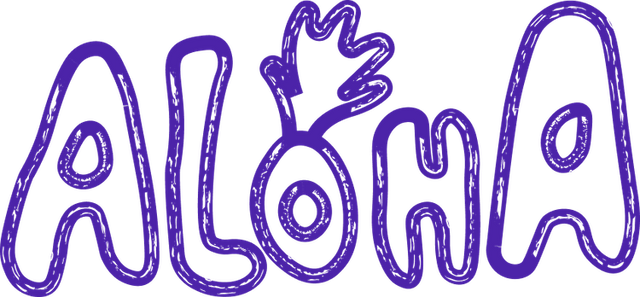
what is retrospective meeting
Retrospective Meeting
The primary objective of a retrospective meeting is to foster a continuous learning culture within the team and promote iterative improvements. By creating a safe and open environment, the retrospective allows team members to openly discuss what went well during a specific period, what could have been done better, and what actions can be taken to address any issues or bottlenecks.
During a retrospective meeting, team members typically follow a predefined format to guide their discussions. This format may include various activities, such as the "Start, Stop, Continue" exercise, where participants identify practices or behaviors that should be initiated, discontinued, or continued. Another popular technique is the "Mad, Sad, Glad" exercise, where team members express their emotions and feelings about the recent iteration or project.
The retrospective meeting serves as a platform for team members to share their perspectives, insights, and suggestions. It encourages open and honest communication, enabling the team to identify patterns, root causes of problems, and potential solutions. This collaborative approach helps build trust, foster team cohesion, and enhance overall team performance.
Furthermore, the retrospective meeting plays a vital role in driving continuous improvement. By regularly reflecting on their work, teams can identify and address recurring issues, eliminate waste, and optimize their processes. This iterative approach allows teams to adapt and respond to changing circumstances, leading to increased efficiency, productivity, and customer satisfaction.
In addition to its immediate benefits, the retrospective meeting also contributes to the long-term growth and success of the organization. By fostering a culture of learning and improvement, the retrospective helps teams become more self-organized, autonomous, and accountable. It encourages experimentation, innovation, and the adoption of best practices, ultimately driving organizational agility and resilience.
From an SEO perspective, this definition of a retrospective meeting incorporates relevant keywords such as "retrospective meeting," "agile software development," "continuous learning," "improvement," "team performance," "continuous improvement," "efficiency," "productivity," "customer satisfaction," "organizational agility," and "resilience." These keywords are commonly used by individuals searching for information about retrospective meetings, ensuring that this definition will be easily discoverable and rank well in search engine results.

Digital Transformation Strategy for Siemens Finance
Cloud-based platform for Siemens Financial Services in Poland
Kick-start your AI Digital Transformation strategy with experts.
We design tailored digital transformation strategies that address real business needs.
- AI Strategic Workshops
- Process & Systems Audit
- Implementation Roadmap
Let’s build your next digital product — faster, safer, smarter.
Book a free consultationWork with a team trusted by top-tier companies.








